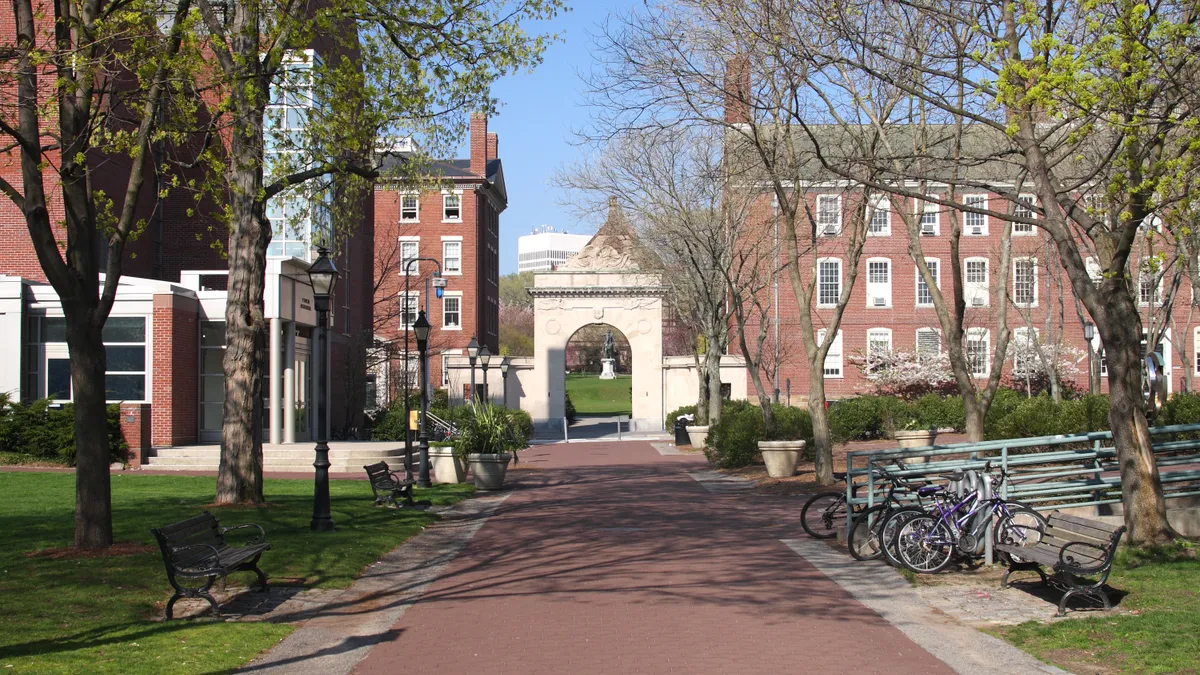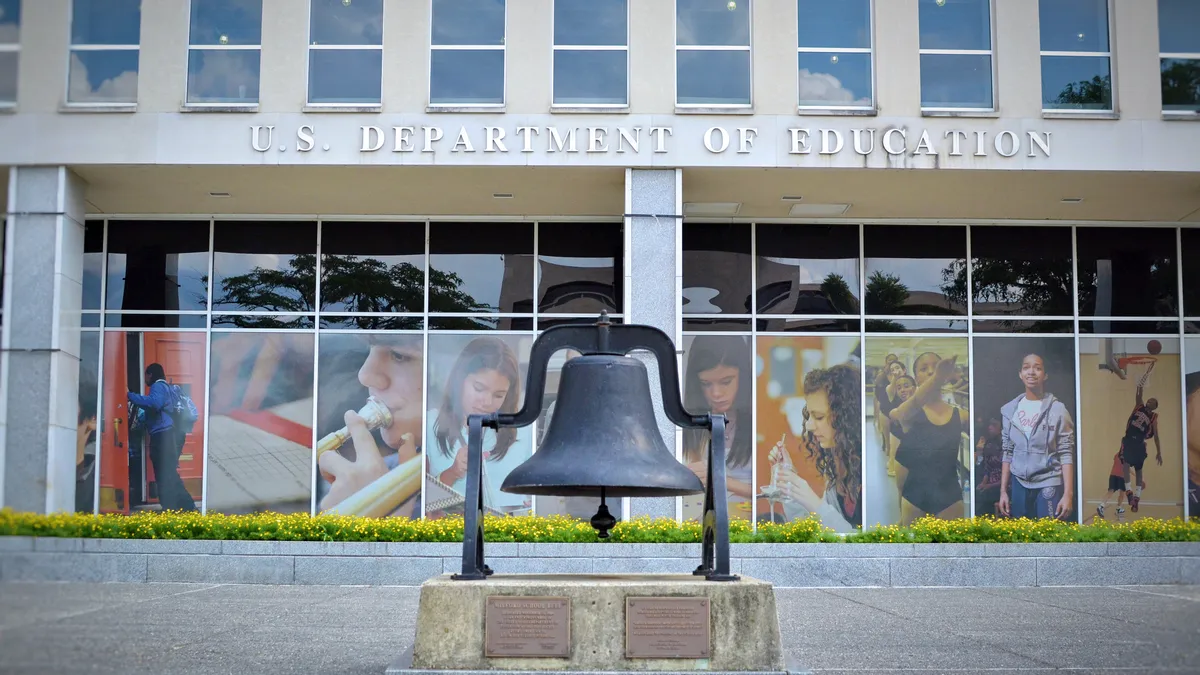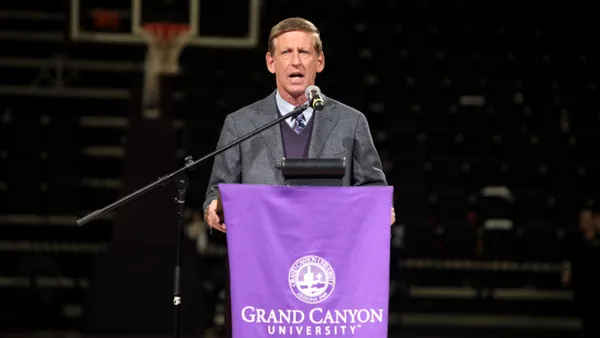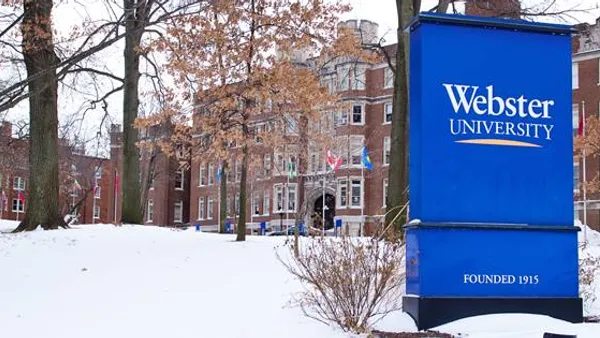Ivy League institutions that modestly increase admission of low-income students could substantially enhance economic diversity on their campuses, according to a September report from the HEA Group, a higher ed-focused research firm and consultancy.
The highly selective universities would raise the share of Pell Grant recipients on their campuses by 5% if they enrolled just 682 more of those students across their eight campuses.
Students who receive Pell Grants — a proxy for low- and middle-income status — have long been underrepresented in the Ivy League. In the incoming class of 2021, they numbered over 2,500 students, just 18.5% of all Ivy League attendees, according to the report. Pell Grant recipients comprise roughly 40% of the rest of the higher ed market.
Given the small proportion of Pell students in the Ivy League, it's in a relatively easy position to move the needle, the report states.
The University of Pennsylvania could raise its Pell Grant population by 5% by enrolling 114 more of those students. At Dartmouth University, the number is just 53. The two institutions enrolled 425 and 183 Pell Grant recipients, respectively, in their 2021 classes.
"If the Ivy Leagues believe in the American Dream, it’s about time they share their prosperity with other deserving students," the report said. "After all, lifting this generation up and leaving them better off than the previous benefits us all."
Selective colleges are reevaluating their admissions policies after the U.S. Supreme Court's ruling against race-conscious practices this summer forced them to discard procedures backed by decades of legal precedent.
The decision didn't present immediate repercussions for admissions processes at most colleges, which accept a majority or all of their applicants. But higher ed leaders fear the decision sends a message to marginalized students that they aren’t welcome on campuses.
The Biden administration in August and September released guidance on how colleges legally can bolster socioeconomic and racial diversity in their classes.
The U.S. Department of Education has advised colleges to reach out to high schools in low-income areas, as well as reconsider admissions policies like legacy preferences. Legacy policies prioritize applicants with family ties to an institution but disproportionately benefit wealthy and White candidates, particularly at top-ranked institutions.
Brown University already announced in September that an internal committee will review its early decision and legacy admissions policies and make potential changes before next year’s application cycle.
In 2021, Brown enrolled the lowest percentage of Pell Grant recipients of any Ivy, 13.8%, according to the HEA Group report.
Meanwhile, one member of the Ivy League is dealing with a civil rights complaint over its lack of racial diversity.
Harvard University is facing an Education Department investigation over its legacy and donor admissions preferences. The complaint argues that the policies are tantamount to racial prioritization, as about 70% of legacy and donor students are White.













